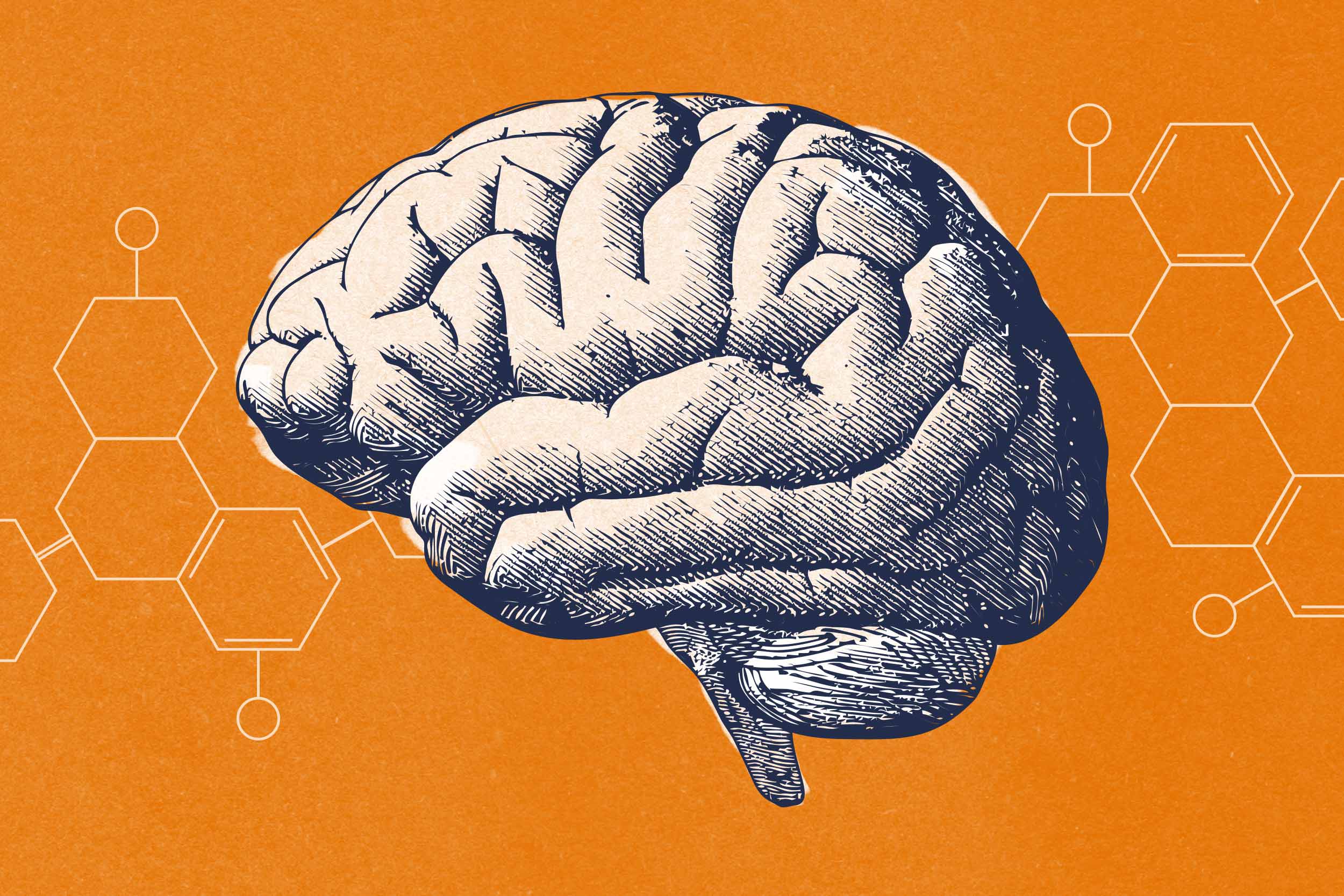New research suggests a missing brain molecule may hold the key to understanding – and potentially treating – the faulty neural circuits seen in Down syndrome. Restoring the molecule, called pleiotrophin, could enhance brain function in people with Down syndrome and other neurological diseases, even in adulthood, researchers say.
Ashley N. Brandebura, a researcher at the University of Virginia School of Medicine who was part of the research team while at the Salk Institute for Biological Studies, called the findings a promising step forward.

Ashley N. Brandebura, who worked on the study while at the Salk Institute for Biological Studies, is now a researcher at the University of Virginia School of Medicine. She is continuing her research at UVA Health as part of the UVA Brain Institute, the Department of Neuroscience and the Center for Brain Immunology and Glia. (Contributed photo)
“This study is really exciting because it serves as proof-of-concept that we can target astrocytes, a cell type in the brain specialized for secreting synapse-modulating molecules, to rewire the brain circuitry at adult ages,” Brandebura said. “This is still far off from use in humans, but it gives us hope that secreted molecules can be delivered with effective gene therapies or potentially protein infusions to improve quality of life in Down syndrome.”
After completing her postdoctoral work at Salk, Brandebura joined UVA Health, where she continues her research as part of the UVA Brain Institute, the School of Medicine’s Department of Neuroscience and the Center for Brain Immunology and Glia.
The Salk study received support from the Chan Zuckerberg Initiative and the National Institutes of Health’s National Institute of Neurological Disorders and Stroke. Although the approach remains far from clinical use, administering pleiotrophin improved brain function in adult mice long after the brain had fully formed, suggesting the method could be more effective than earlier efforts that required precisely timed intervention during pregnancy.
Understanding Down syndrome
Down syndrome is the most common genetic cause of intellectual disability, affecting about one in every 640 babies born in the United States each year, according to the Centers for Disease Control and Prevention. The condition results from an error in cell division during development and can lead to developmental delays, hyperactivity, a shorter lifespan and a higher risk of heart defects, thyroid disorders and hearing or vision problems.
At the Salk Institute, Nicola J. Allen led a team seeking to better understand the biological causes of Down syndrome. Researchers examined lab mice that model the condition, searching for cellular proteins altered in their brains. They identified pleiotrophin as a key candidate because it appears at very high levels during critical stages of brain development and plays essential roles in forming synapses – the connections between brain cells – as well as in developing axons and dendrites, the transmitters and receivers of nerve signals. Levels of this protein, however, are reduced in Down syndrome.










